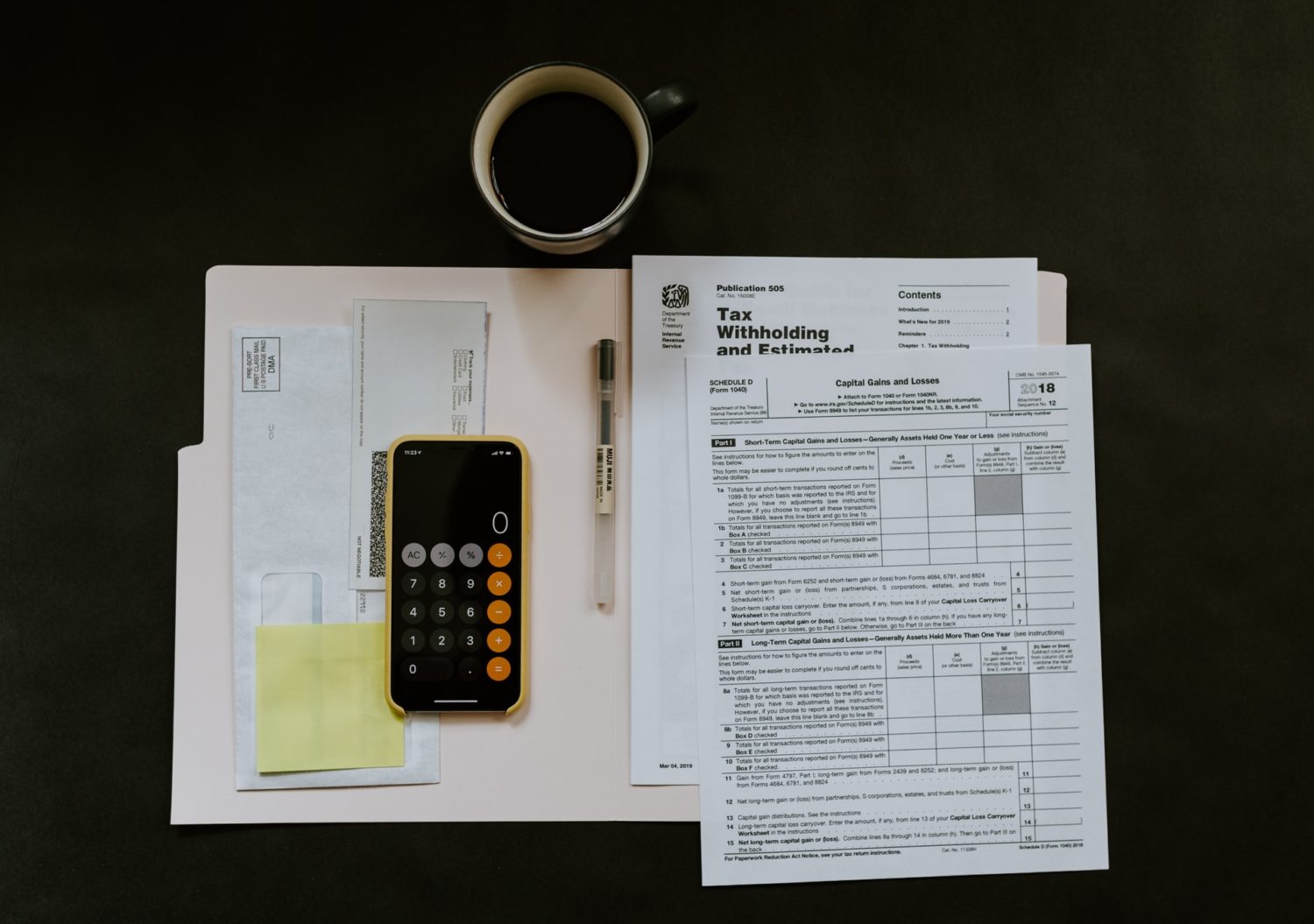
Are you having a hard time budgeting? Trust me – it’s no easier for us financial folks, but I can tell you that it’s worth the work.
Most of us know that we should have a budget, but we also don’t take the time to really do it. If you’re curious about the merits of having a budget, ask yourself – has having a plan helped you before with any goals? A budget is exactly that, a plan for your money.
Fortunately, technology today has afforded us some tools that make the process significantly easier. There are also some handy rules of thumb for efficiency. This article will dive into how a CPA budgets, teach you to do the same and show you the tools to use.
Why should I budget?
The most helpful question you can start with is asking “Why should I budget?” Knowing what motivates you to plan and track your money helps to get your mind into the process and a reason to come back.
For example, most of us have the goal of saving for retirement, or maybe you’re saving for a wedding or a college fund.
One of the most helpful ways for me to start is by reverse-engineering the process. This will start you at your end-goal and, by knowing where you want to be, all you have to do is work backwards.
Let’s say you’re paying for a wedding – a budget can help you with:
1. Knowing how much money you’re able to save by a certain date
2. Planning exactly where your money is going by detailing out expenses
I set my budget on a month-to-month timeframe, as that follows nicely with my pay schedule. For this article I’ll assume a monthly budget as well, but keep in mind this can be any timeframe you want (i.e. bi-weekly, weekly, etc.).
What goes into a budget?
The “budgeting equation” I like to use is:
Income – Savings – Necessary Expenses = Discretionary Income
A breakdown of items in each section includes:
| Income | • Paycheck• Side job• Residual income/dividends |
| Savings | • 401k & retirement account contributions• Emergency fund• Investments |
| Necessary expenses | • Mortgage / rent• Utilities• Insurance• Groceries• Gas |
| Discretionary income | • Hobbies• Gym / recreation• Eating out |
The ordering of this equation is also intentional because I use a savings first approach. I set automatic transfers in my savings and investment accounts so each month, when my paycheck comes in, my savings for the month are already gone. A lot of budgets will leave for savings what’s “left over” after all other expenses, but oftentimes this allows you to eat into them much easier.
Automating savings through recurring deposits at your bank or the brokerage you use makes it nearly mindless to save money, and after a few occurrences, you don’t even notice the money coming out of your paycheck.
Discretionary income is by definition the money you have left over to spend to your liking – but don’t forget about variable expenses (or those that can change month-to-month). For example, some expenses like eating out may vary greatly month-to-month.
How do you make a budget?
Creating a budget is literally as easy as you make it. If you grab a pencil and paper right now and jot down your income sources and various expenses, you’ve got yourself a budget.
If you want to join the technologically savvy, you can create one a little quicker in an excel sheet.
To take it a step further, use one of the many apps or budgeting-specific software programs and websites. These software programs seamlessly link to your online accounts and within a matter of minutes map out your budget.
A handy rule of thumb I like to use for allocating each budget line is the 50-20-30 Rule, which means:
· 50 percent – living expenses, health care, groceries, gas, etc.
· 20 percent – savings, investments, paying off debt, student loans
· 30 percent – discretionary income
Of course, these numbers are as flexible as you need or want. For example, my savings percentage has been as high as 40-50% in some months when I was intentionally saving for a home down payment and emergency fund. Conversely, my discretionary income percentage has also been very high in months where I’ve gone out to eat more or around holidays and birthdays for presents.
Maintaining your budget
Once you’ve contributed all this time and effort into creating your budget, you can’t just let it flop. Maintaining your budget is even more important than creating it.
I’ve found one really helpful way to go about this is setting a recurring meeting with myself on my phone calendar every week. It’s a nice reminder to tell yourself “Look at your spending so far.”
A big pain point to many budgeters is overspending – this can be discouraging and even slows down a lot of people from starting the process. If you know you’re already overspending on something, don’t let it get you down.
If you do happen to overspend on something during a month, the biggest thing you can do to help yourself is simply to acknowledge that you went over budget and change it for next month. Being mindful about overspending is meant to build you up, because had you not started a budget in the first place you wouldn’t have found you were overspending.
Budgeting is an extremely rewarding process, in both a monetary and physical way. Reflecting on how you’ve performed financially for a timeframe can help you focus on the things that are helping you and those that are hurting you. The best way I’ve ever heard it said is – budgeting is helping yourself to cut out the things you don’t need, so you can have the things you want.


